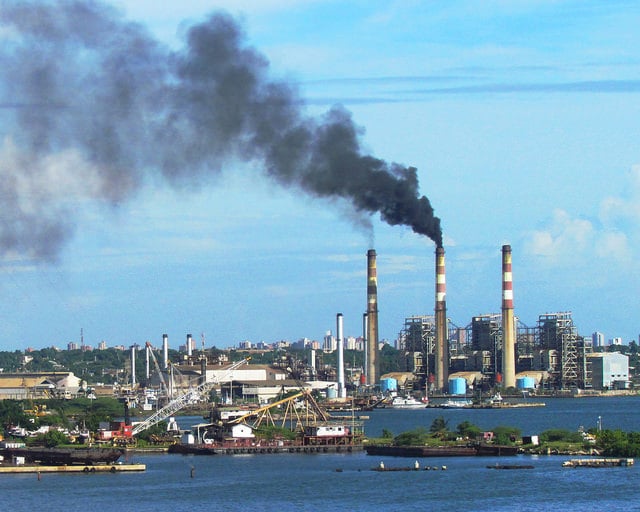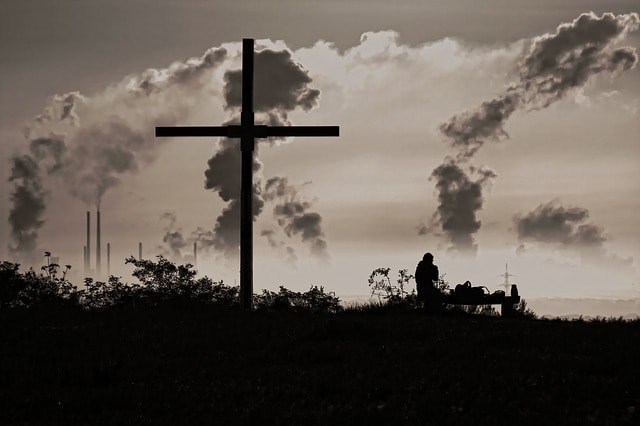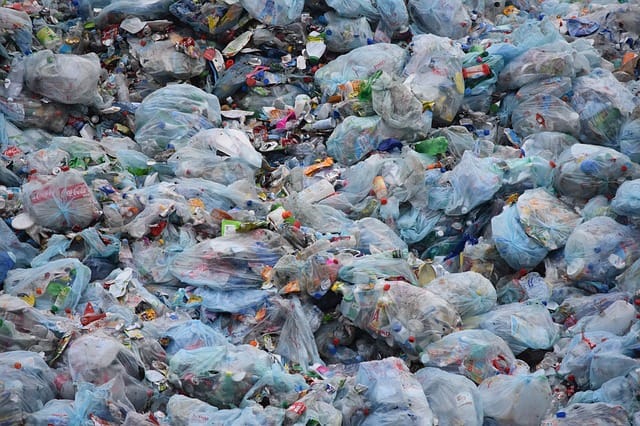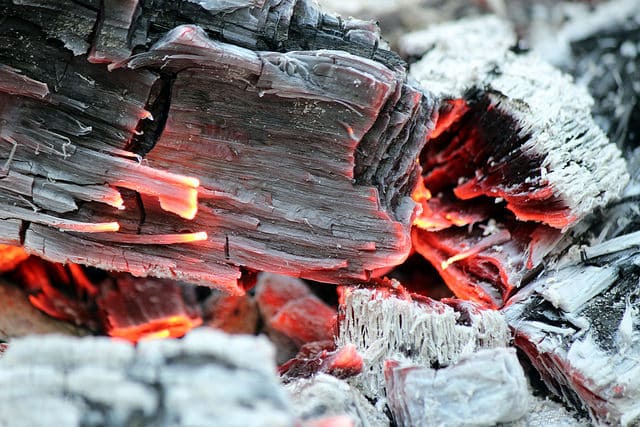5 Primary Causes of Air Pollution
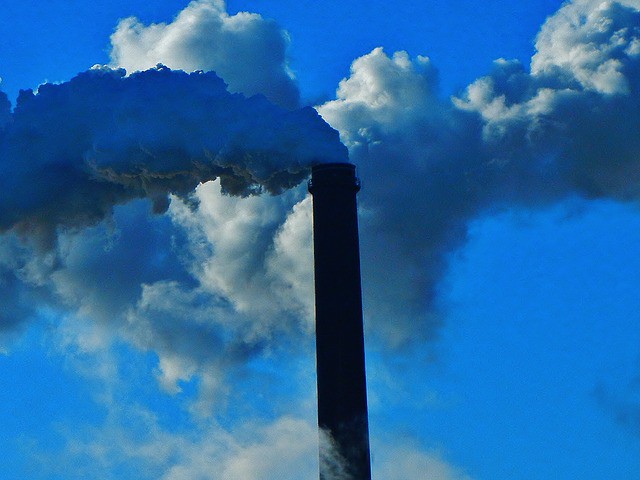
Air pollution is the introduction of harmful substances in the air that have detrimental impacts to the environment and humanity. It occurs when the harmful substances such as foreign gases, odour, dust, or fumes are present in the air at levels that can harm the comfort and health of animals and humans or even destroy plant life.
Air pollution results from both human and natural activities. Emissions from power plants present a perfect example of human activities whereas volcanic eruptions and forest fires are some of the natural aspects.
Closer look at the activities that cause air pollution include:
1. Emissions From Industrial Plants and Manufacturing Activities
With the current rate of industrialization and increased manufacturing activities, high levels of smoke, sulfur dioxide, and particulate matter are emitted into the air. In a typical industrial plant, for instance, it is easy to notice the long chimneys or smokestacks erected into the air, emitting large amounts of fumes and smoke from it.
Industrial plants, factories, and power plants release high amounts of organic compounds, chemicals, particulate matter, and carbon monoxide into the air. Industrial plants that refine petroleum, manufacture cement, produce metals such as steel and aluminum, process plastics, or manufacture chemical products are among the industries and manufacturing activities that release lots of foreign harmful materials into the air.
Petroleum refineries, for example, emit high levels of hydrocarbons into the air. Most manufacturing plants release the pollutants in small amounts, but continuously over extended time periods that eventually leads to cumulative negative effects. In some cases, manufacturing plants have accidentally emitted high scores of air pollution in a very short time span that has lead to massive harm to human and animal health and destroyed plant life.
2. Combustion From Fossil Fuels
In the modern world, fossil fuel combustion is the biggest contributor to air pollution. The leading culprit today is traffic, but factories and power plants also continue to contribute to some extent. Conventional power plants that combust fossil fuels to produce energy emits hazardous gases such as oxides of nitrogen, Carbon Monoxide, particulates, and hydrocarbons into the air.
The number of cars on our roads are overwhelming and increasing, with an estimated number of more than half a billion cars on the road. Heavy duty trucks, shipping vessels, trains, and airplanes also combust lots of fossil fuels to function. All these transportation utilities are power-driven by diesel and gasoline engines that combust petroleum to produce energy.
The petroleum contains hydrocarbons. Thus, in the process of combustion, it releases Nitrogen Oxides (NOx), Carbon Monoxide (CO), Volatile Organic Compounds (VOCs), lead, and particulate matter into the air. Collectively, these are the major contributors to air pollution and have persisted as one of the most challenging to manage because humans heavily rely on these forms of transportation.
3. Farming Chemicals and Household Products
Use of household and farming chemicals produce considerable amounts of harmful foreign substances into the atmosphere and have the potential to cause air pollution. Dusting of crops, painting supplies, home fumigation, household cleaning products, fertilizer powder, insect/pets sprays, hair sprays, and deodorant sprays release harmful chemicals into the air, causing pollution.
High concentrations of these chemicals within a confined area can be hazardous and can cause serious health and breathing problems. Since they are regularly used products, they also qualify as major causes of air pollution as they release toxic particles and chemical gases into the atmosphere.
4. Natural Causes of Air Pollution
The majority of people only perceive air pollution as a consequence of human actions. In some cases, natural events can as well cause air pollution. However, they are rarely witnessed, and some of them are very disastrous and difficult to prevent from happening. Examples of natural events that lead to air pollution include volcanic eruptions, whirlwinds, forest fires, and gaseous releases from decaying plants and animals or radioactive decay of rocks.
Forest fires often begin naturally and can release huge amounts of smoke and dust particles that float in the air. The smoke and dust can be carried for miles within a short time leading to widespread air pollution. Some of the biggest wildfires have emitted smoke that drifted several miles across bordering cities and countries.
A massive volcanic eruption has the potential of discharging huge swathe of dust into the atmosphere to an extent of obstructing sunlight from reaching the earth surface. High amounts of gases released from plant and animal decaying matter or radioactive rock decay can also result in the pollution of air. Collectively, these examples provide a clear picture of some of the natural causes of air pollution which are beyond human control.
5. Other Causes
The majority of developing countries burn charcoal, wood, and crop waste to produce fuel used for cooking and heating. As such, the traditional practice of wood and charcoal burning is usually a chief contributor to indoor air pollution in developing nations. Burning charcoal, wood, and crop waste release Carbon Monoxide (CO), Carbon Dioxide (CO2), and particulate matter into the atmosphere that potentially causes air pollution.
In some regions, waste is incinerated instead of being land-filled or recycled and as such, it substantially contributes to air pollution. Some agricultural practices like burning agricultural land after harvest or burning as a mechanism for clearing land cover is also a significant cause of air pollution.Photo by: pixabay


